#petergof
Explore tagged Tumblr posts
Text

Church of St. Peter and St. Paul - Petergof, RUSSIA
#church#saint peter#saint paul#iglesia#san pedro#san pablo#petergof#petrodvortsovy#saint petersburg#san petersburgo#russia#rusia#europe#europa
89 notes
·
View notes
Text
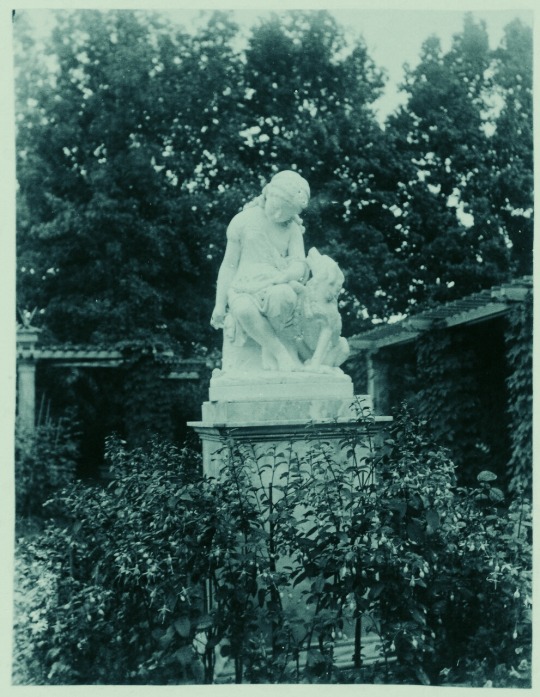
Marble sculpture «Girl with a dog» in the garden at the Farm Palace, Petergof (1893)
#Россия#Russia#vintage#photography#Петергоф#Petergof#русская культура#russian culture#culture#beauty#nature#russian#sculpture#marble#Eastern Europe#garden#aesthetic#sculptures#Europe#dog#pet#animal#photo#european#dogs#pets#animals#vintage photography#1890s#19th century
107 notes
·
View notes
Text
Autumn is the solace and joy of my autumn 🍂







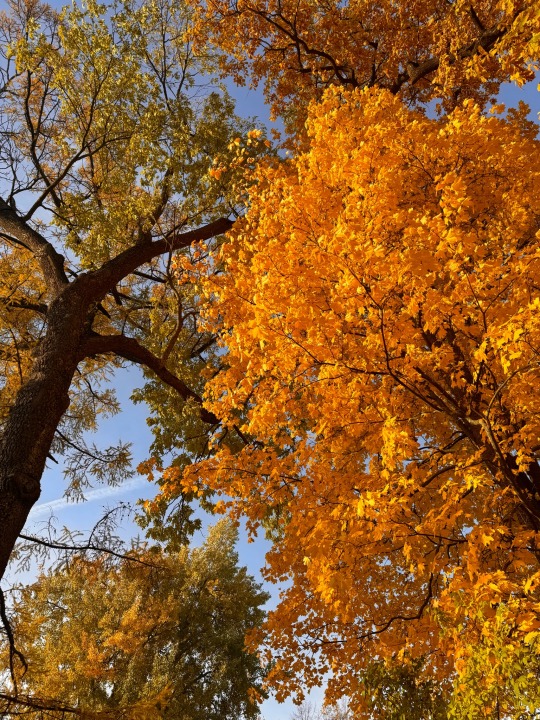


18 notes
·
View notes
Text

Tsarina's Island in Petergof, St. Petersburg, Russia
Russian vintage postcard, mailed to Paris
#tarjeta#postkaart#sepia#russian#carte postale#russia#ansichtskarte#mailed#briefkaart#petersburg#photo#photography#st. petersburg#postal#postkarte#paris#vintage#petergof#island#tsarina#postcard#historic#ephemera
4 notes
·
View notes
Video
youtube
Банный корпус в Петергофе - музей дворца Монплезир в Нижнем парке .
0 notes
Text

0 notes
Text
Some photos of the Gulf of Finland/Baltic Sea that I took while exploring the Petergof, dedicated to @katkastrofa, resident large bodies of water enthusiast :)





#I can now cross 'waded knee deep in the Baltic sea' off my bucket list#not that I have one. but you know#the hazy far off buildings in the last picture are in saint petersburg btw#petergof is on the other side of the bay#I'm slowly falling in love with this place <3
3 notes
·
View notes
Text

View of the Big Cascade in Petergof and the Great Palace of Petergof (1837) by Ivan Aivazovsky
382 notes
·
View notes
Text

-View of the Big Cascade in Petergof and the Great Palace of Petergof-
129 notes
·
View notes
Text

Ragnvaldr as "Samson tearing open the lion's mouth" from Petergof (fuck him hard)
149 notes
·
View notes
Text
St. Peter and Paul Cathedral, Petergof, St. Petersburg

60 notes
·
View notes
Text

Ivan Konstantinovich Aivazovsky, Look to the large cascade and large Petergof Palace (Вид на Большой Каскад и Большой Петергофский дворец), 1837
20 notes
·
View notes
Text
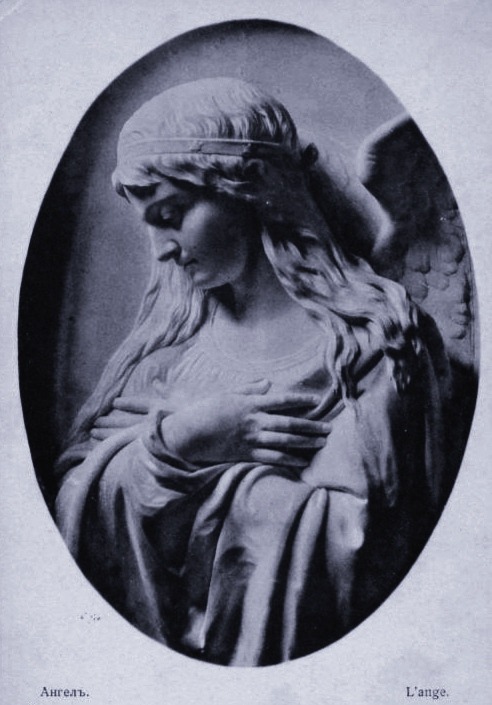
Algel,Petergof (early 20th century)
#Россия#Russia#vintage#photography#Петергоф#Petergof#sculpture#Angel#Христианство#Christianity#beauty#sculptures#photo#christian#angels#russian#aesthetic#art#vintage photography#20th century
79 notes
·
View notes
Text

Title: View of the Big Cascade in Petergof and the Great Palace of Petergof
Artist: Ivan Aivazovsky
Date: 1837
Style: Romanticism
Genre: Cityscape
25 notes
·
View notes
Text
Peterhoff Palace Complex
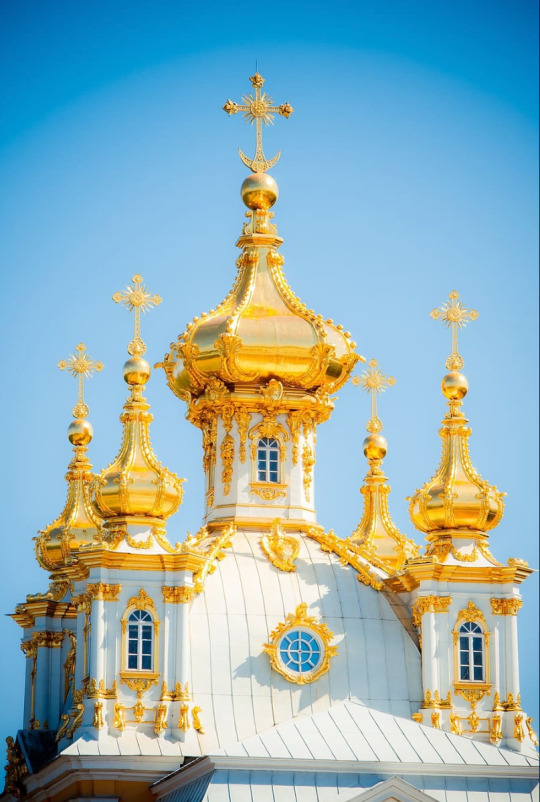
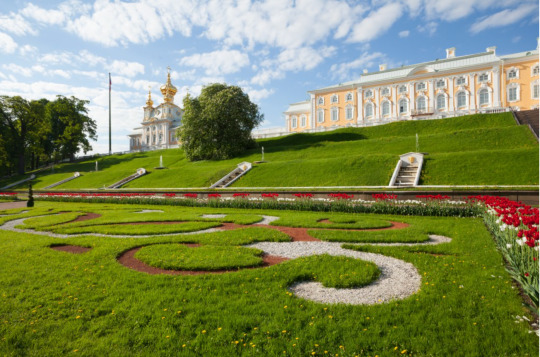
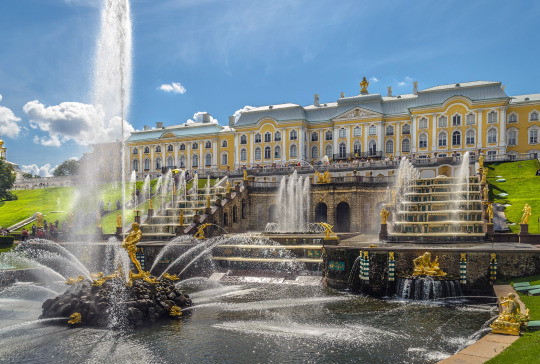
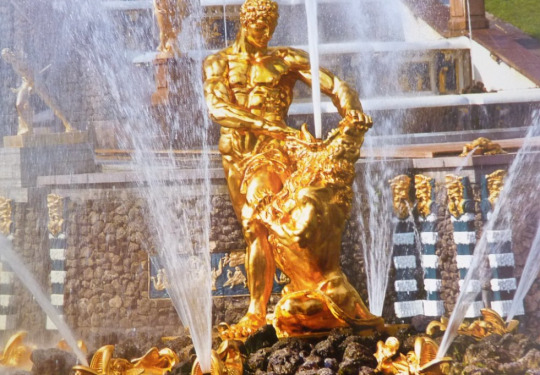
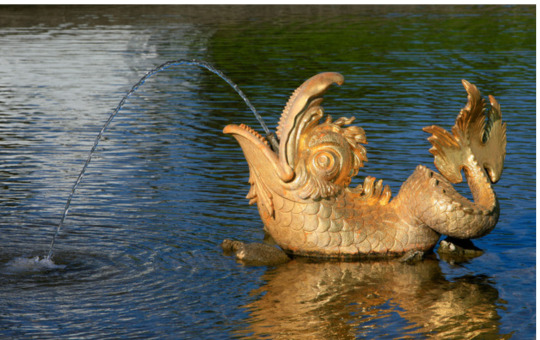
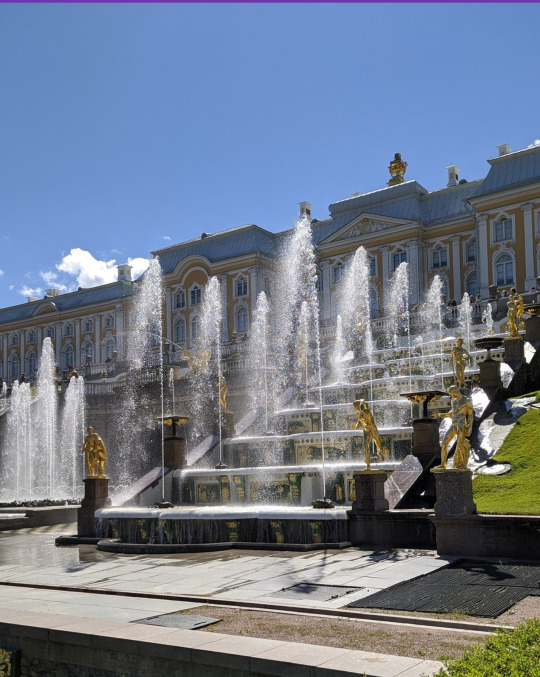
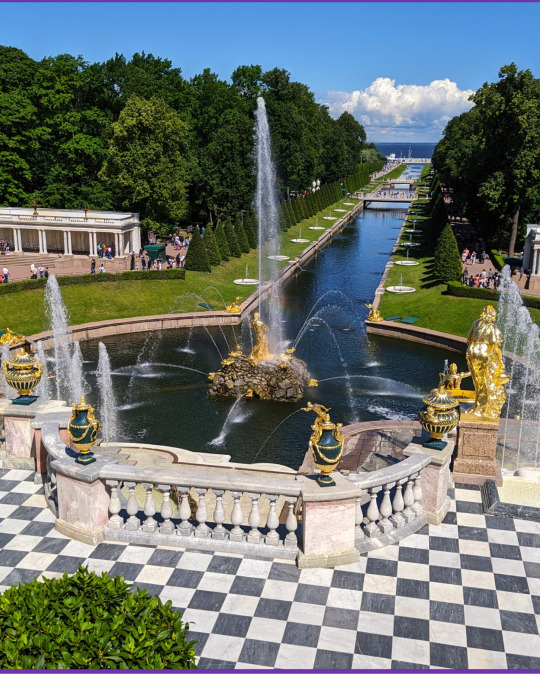
Photographs: Different views of Peterhof, which, rather than one specific place, is an astoundingly beautiful complex of palaces, gardens, pavilions, and fountains. The photos here and the text are a mere preview of a fraction of the place in all its grandeur.
The Grand Palace, Lower and Upper Gardens and Fountains
The Peterhoff Palace (which comes from the Dutch "Pieterhof," meaning "Pieter's Court") is a complex of palaces, gardens, pavilions, and fountains located in Petergof, Saint Petersburg, Russia, commissioned by Peter the Great in response to Louis XIV Palace of Versailles in France.
Peter the Great began constructing his new capital, St. Petersburg, in 1703 after successfully adding Swedish provinces to Russian territory. Saint Petersburg allowed Russian access to the Baltic Sea through the Neva River that flowed to the Gulf of Finland.
Throughout the early 18th century, Peter the Great built and expanded the Peterhof Palace complex. Based on his sketches, he constructed the Monplaisir Palace (French: "my delight"). This would be Peter's summer retreat that he would use on his way coming and going from Europe. Later, he expanded his plans to include a group of palaces and gardens further inland, on the model of Versailles.
Most of the Peterhoff land is comprised of what is called the "Lower Gardens." In the middle of the lower gardens is the Grand Palace. The area behind this palace is the "Upper Gardens" and is comparatively smaller. The Grand Palace is not the only historic royal building in Peterhoff. The palaces of Monplaisir and Marli, as well as the pavilion known as the 'Hermitage,' were all raised during the initial construction of Peterhoff during the reign of Peter the Great.
There are a number of cascades and fountains through the grounds, which have various symbolic meanings and are in themselves great technological achievements. The greatest of these is that all of the fountains in Peterhoff operate without the use of pumps. Water is supplied from natural springs and collects in reservoirs in the Upper Gardens. The elevation difference creates the pressure that drives most of the fountains of the Lower Gardens.
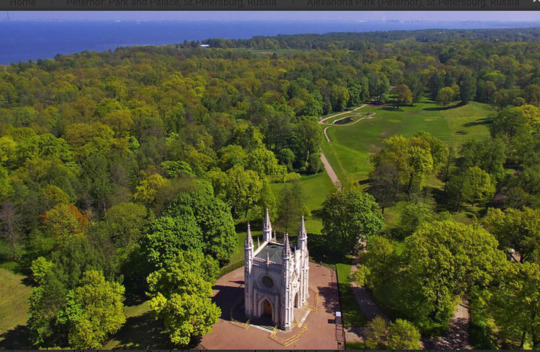
Gothic Chapel in Peterhof: An Orthodox church in the name of Saint Alexander Nevsky situated in the Alexandria Park; Nicholas I ordered its construction to complement the Cottage Palace
Alexandria Park, the Cottage Palace, and the Farmers Palace
To the east of the main park at Peterhof lies an expanse of landscaped parkland in the English style, named after Alexandra Fedorovna, wife of Nicholas I. The land was used as a royal hunting ground for most of the 18th century and left to go wild after the court moved to Tsarskoe Selo.
In 1825, the land was passed to Nicholas I, who commissioned a Scottish architect and landscape gardener to create an English-style estate with a "cottage" palace and home farm. This was partly a concession to Alexandra (nee Charlotte of Prussia), who found the pomp and grandeur of court life oppressive. Alexandra loved the cottage. The Cottage Palace was completed in 1829 and became the permanent summer residence of the Tsar's family. Alexandria Park is one of the best-landscaped parks on the outskirts of St. Petersburg.
The building is equal parts seaside villa, Gothic castle, and English farmhouse, but extremely elegant, with several charming decorative details. The palace's interiors exemplify the private tastes of Nicholas and Alexandra and their children and grandchildren. The spectacular trompe l'oeil murals around the staircase, depicting gothic arches and vaults, and Nicholas's Naval Study, with superb views over the Gulf of Finland, are particularly impressive.
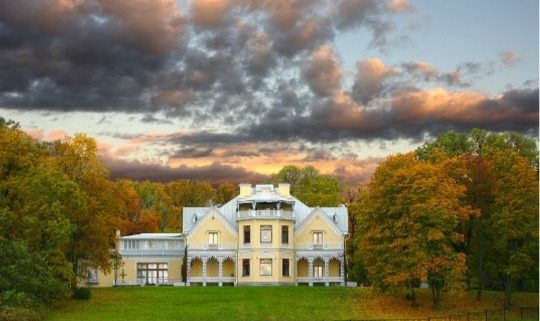
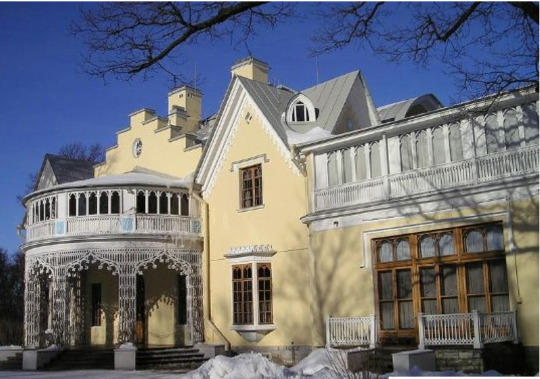
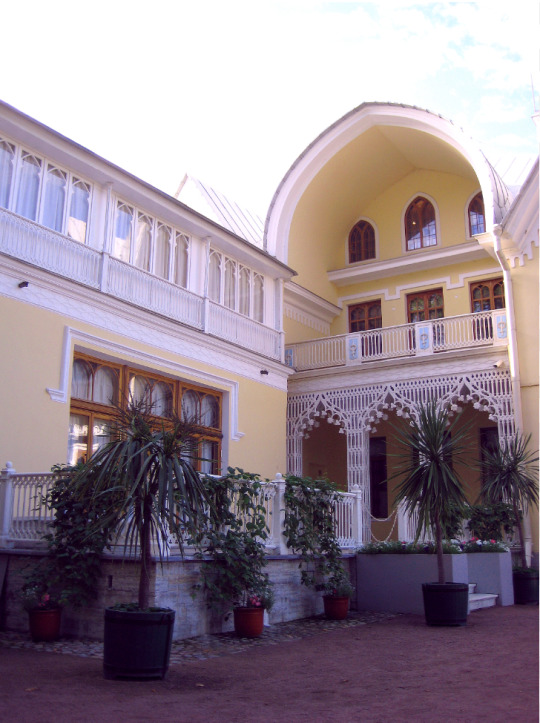
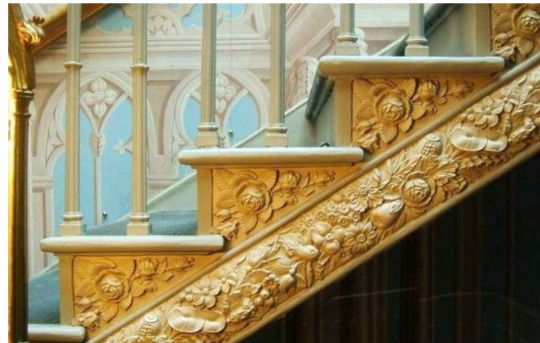
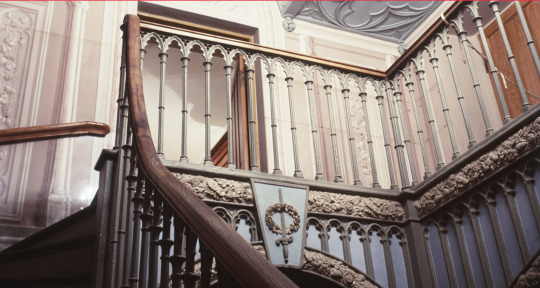
The Farm Palace was initially a pavilion in Alexandria Park close to the Cottage Palace and Gothic Chapel. Meant to be a pastoral farm with a row of household buildings, it was later expanded into a summer residence for the family of Tsesarevich Alexander Alexandrovich of Russia. The palace became the favorite summer residence of Alexander II and his family. After many reconstructions, the house was named "The Farm Palace" in 1859. It would eventually be a favorite of Alexander III and Nicholas II.
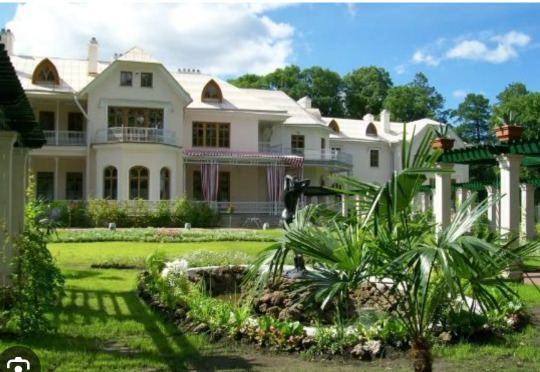
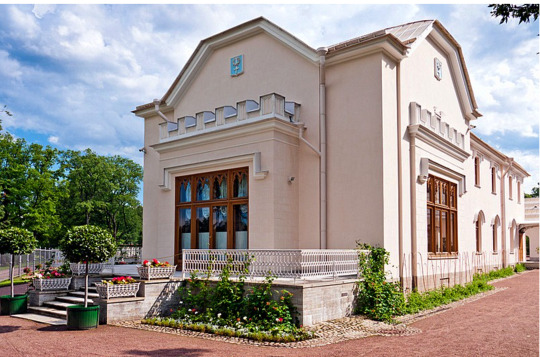
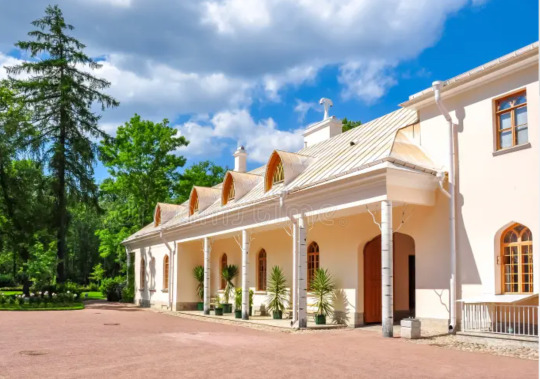
The Lower Dacha at Peterhoff (badly damaged in World War II and destroyed in the 1960s) - in the process of reconstruction
The Lower Dacha was in Alexandria Park, part of the Peterhof complex created by Tsar Peter I in the early 18th century as an Imperial summer residence. The palace was the home of Tsar Nicholas II while in residence at Peterhof (it was built for him), and several of his children were born there. It was badly damaged during the Second World War and was destroyed in the 1960s. The Lower Dacha is in the process of being restored. It is expected that the restoration will be completed by 2025. The picture below where the intact building can be seen, is from the early twentieth century. Photographs of the ruins have been included as well.
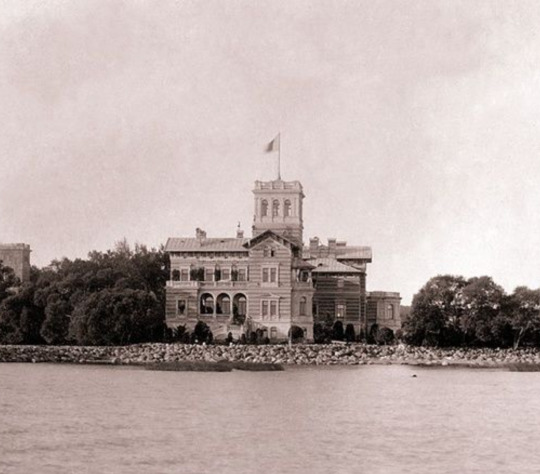
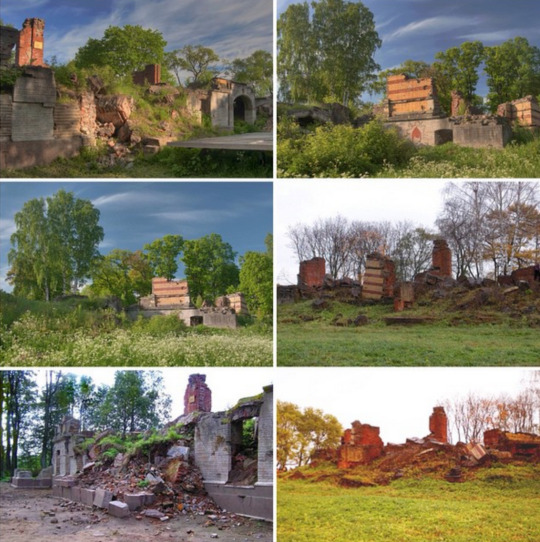
#Peter the Great#Sweden#Finland#Upper Gardens#Lower Gardens#Mon Plaisir#Grand Peterhoff Palace#Great Samsom#Neva River#The Farm Palace#The Cottage#The Lower Dacha
9 notes
·
View notes
Text
Baroque Architecture

Peterhof Palace, Petergof
(the spruce) Definition:
“Baroque architecture is a highly opulent style of building, design and art.”
The Baroque style originated in the 17th century in Italy, before it spread throughout Europe and to the USA. According to thespruce.com, “Baroque architecture evolved in response to a tumultuous period that began in the 16th century”. After the chaos of the 16th century, leaders wanted to use buildings as a show of their power and wealth – they wanted to show off! The leaders’ desire was mainly prominent in the design of the Catholic churches. This style of architecture was inspired by the Romans, except they added modern aspects to create a “new fashion with an aim to show the might of the Catholic church” (world atlas).
“The emergence of Baroque architecture coincided with European colonialism” (world atlas), which works perfectly with the style’s specific aims. During this time lots of wealth was brought into art and design industries in order to help fund the development of the artistic styles and to help move forward towards a new era. These new funds helped to industrialize the economy and further support society.
The architects of the Baroque era were, as described by thespruce.com, “more theatrical” than those of the Renaissance.
(archute) Characteristics:
"Grandeur
Vivid ceilings with illusion effects
Contrast in design
Gilded statues
Pear-shaped domes
Irregular Shapes”
Diverse and complex
According to the Spruce the Baroque style had “subtle differences” within separate countries. Baroque was a popular style therefore, “locations altered the basic characteristics to suit their agenda and lifestyle” (thespruce). One of the particularly interesting characteristics of Baroque architecture is the deliberate unfinished look. This created confusion and question within viewers/ visitors’ minds – which leads further towards one of the aims of the Baroque style which was to “stimulate emotions and senses” (the collector) through its many designs.
For some more insight into the characteristics of Baroque architecture, check out this video: Baroque Architecture / Characteristics – famous buildings.
youtube
References:
“BAROQUE ARCHITECTURE / Characteristics - Famous Buildings.” Www.youtube.com, Apr. 2022, www.youtube.com/watch?v=tWd3d3SZQn0. Accessed 18 Mar. 2023.
Gilbert, Kimutai. “Petergof Palace, Petergof - an Excellent Example of Baroque Architecture.,” WorldAtlas, 13 June 2019, www.worldatlas.com/articles/what-is-baroque-architecture.html.
Iacob, Anisia. “9 Characteristics of Baroque Architecture (16th-18th Century).” TheCollector, 10 Aug. 2021, www.thecollector.com/baroque-architecture-characteristics/.
Mutuli, Ian. “Remarkable Baroque Buildings in Baroque Architecture.” Archute, 12 Apr. 2021, www.archute.com/baroque-architecture/#:~:text=Other%20notable%20features%20of%20Baroque%20architecture%20include%3A%201. Accessed 10 May 2023.
Thomann, Lauren. “What Is Baroque Architecture?” The Spruce, 2 Feb. 2022, www.thespruce.com/baroque-architecture-4797911.
WorldAtlas. “Characteristics of Baroque Architecture.” WorldAtlas, 3 Apr. 2017, www.worldatlas.com/articles/what-is-baroque-architecture.html.
---. “Characteristics of Baroque Architecture.” WorldAtlas, 3 Apr. 2017, www.worldatlas.com/articles/what-is-baroque-architecture.html.
2 notes
·
View notes